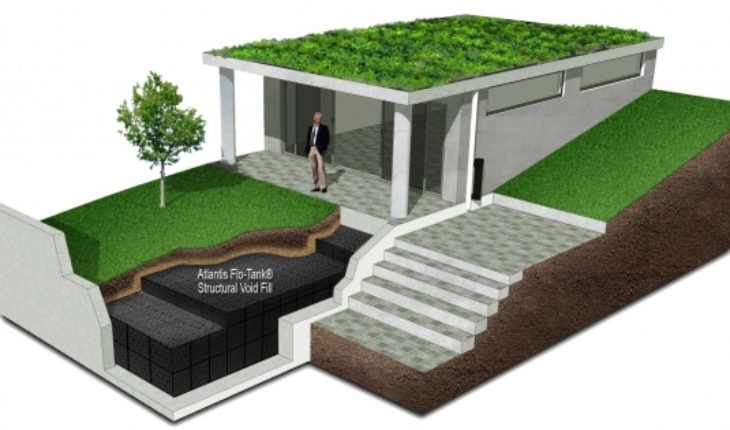European cities have always been characterized by its large and magnificent buildings, but also by the negligible existence of green areas. Due to this problem, they are constantly innovating to make the unthinkable and small spaces to make the city greener, as it is the case in Copenhagen, capital of Denmark, which today has the obligation that their roofs are covered with vegetation.
These green roofs that are part of the legislation of Copenhagen have moved to South America, specifically to our country. Modular eco covers offer the possibility of recovering and areas in height, protecting the waterproofing of buildings and providing a social and environmental application to ceilings and roofs of the city, improving the behavior heat in homes and buildings.
“These green roofs not only help the environment, but are also able to change the mood any. The psychological effect that gives see surrounded by green is proven,”says Humberto Urriola, CEO of Atlantis Corporation Australia, dedicated to promoting the green cities.
But not everything is beauty. Green roofs help reduce the so-called “heat island effect”, i.e., help to reduce the high temperatures of the rays of the Sun and those caused by the same buildings and means of transport, which concentrate on materials like cement and the concrete.
“Also collaborates in the evacuation of water in rainy weather, creating new ecosystems for the micro urban wildlife, as well as multi-use spaces and leisure, enabling even the construction of urban gardens,” says Urriola.
From a hydrological point of view, the main objective of the green roofs is the filter, retain and control the generation of runoff. This purpose can get well vegetated roofs, plants, flowers and gardens. “Green roofs also help reduce air pollution and reduce the ambient noise of cities,” he says.
Mulches are multilayer systems covering roofs, terraces and balconies. They are composed of a high quality waterproof membrane, called modular drainage Atlantis cells, which are made of recycled polypropylene. They also have a layer of geotextile hydrophilic and the substrate or alternative medium for the growth of plants and vegetation.
“Anyone can transform the roof of his house in a green roof, since the cells of Atlantis are modular and very easy to install. They engage as a lego and can reach the extension that the project warrants”, explains Urriola.
translated from Spanish: Green roofs: European trend that takes little Chilean rooftops
November 18, 2018 |




